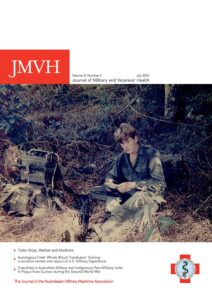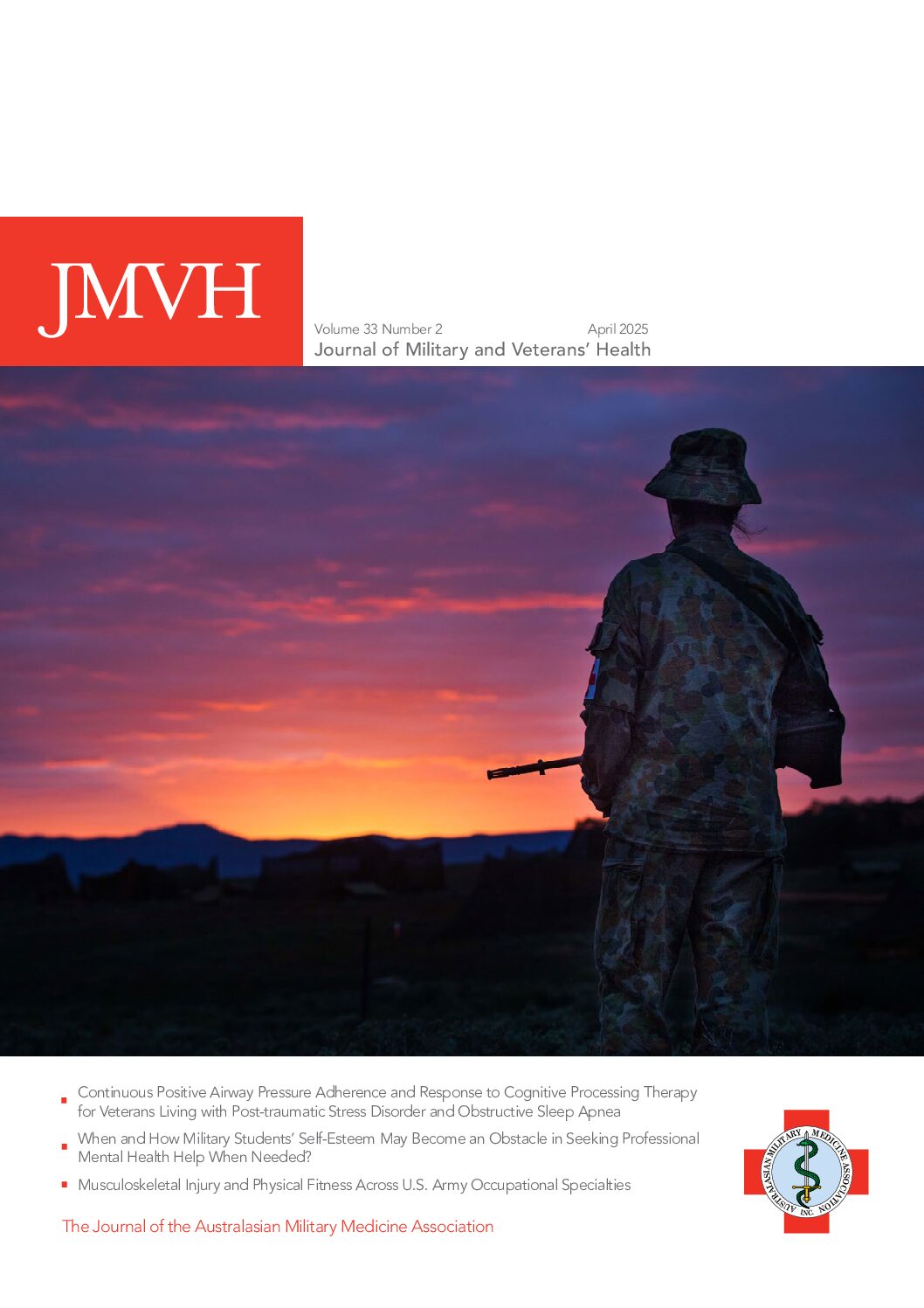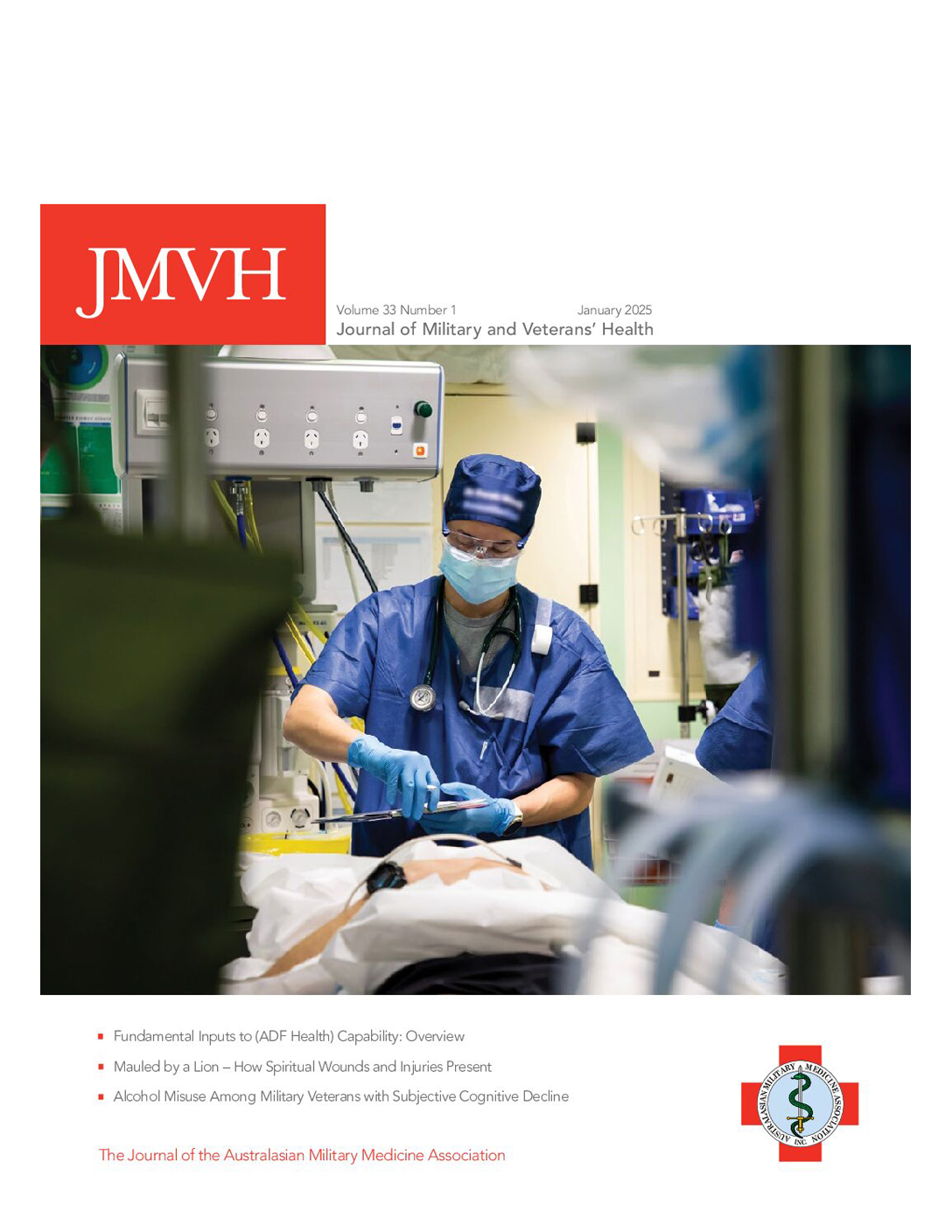Editorial – Inaugural Perth AMMA Conference
Inaugural Perth AMMA Conference The first AMMA Conference in Perth will be held from 12-15 October 2023. Perth, and wider Western Australia (WA), has had long links to Australian military history and to past and contemporary military strategy. From the initial deployment of the Australian Imperial Force through Albany in 1914 to key submarine bases,… Read more »




 Download the whole edition here.
Download the whole edition here.


